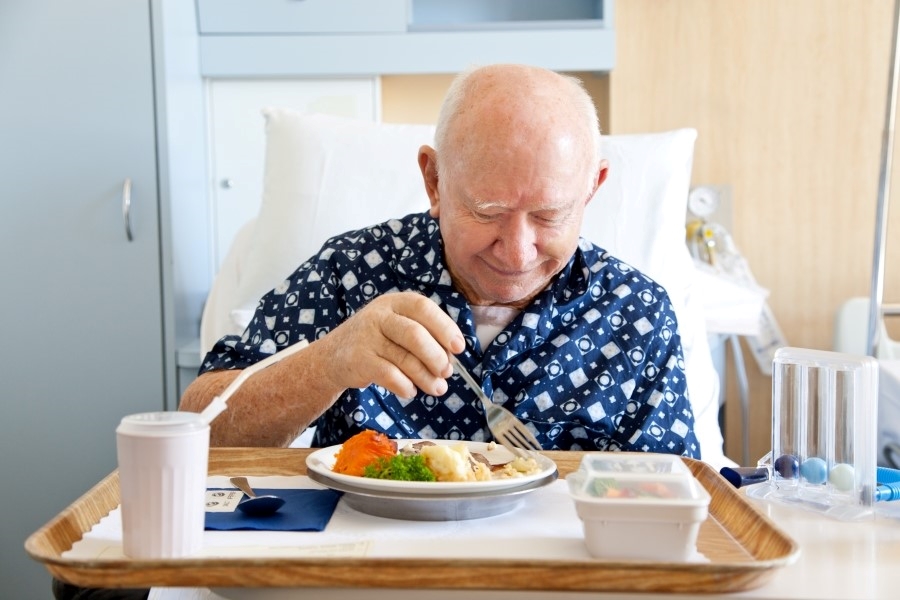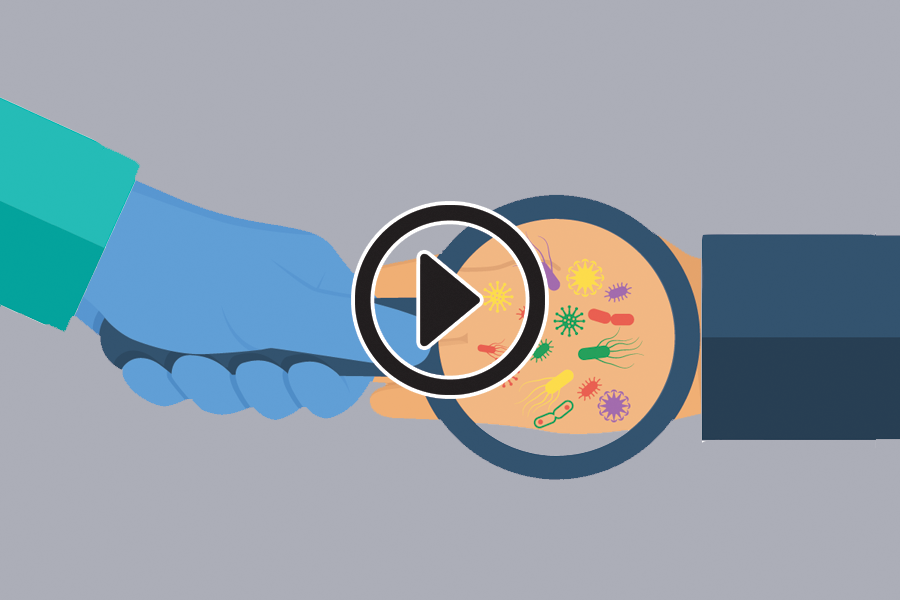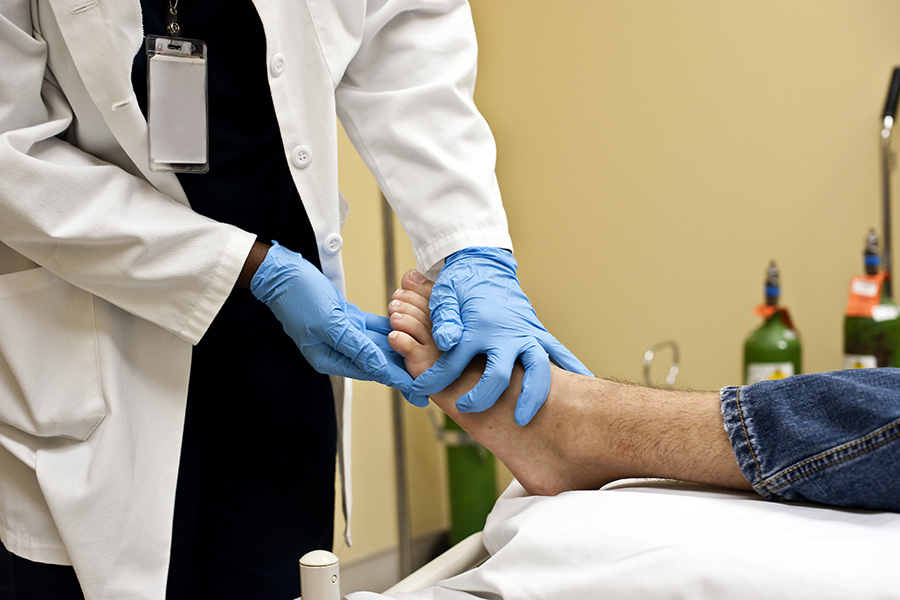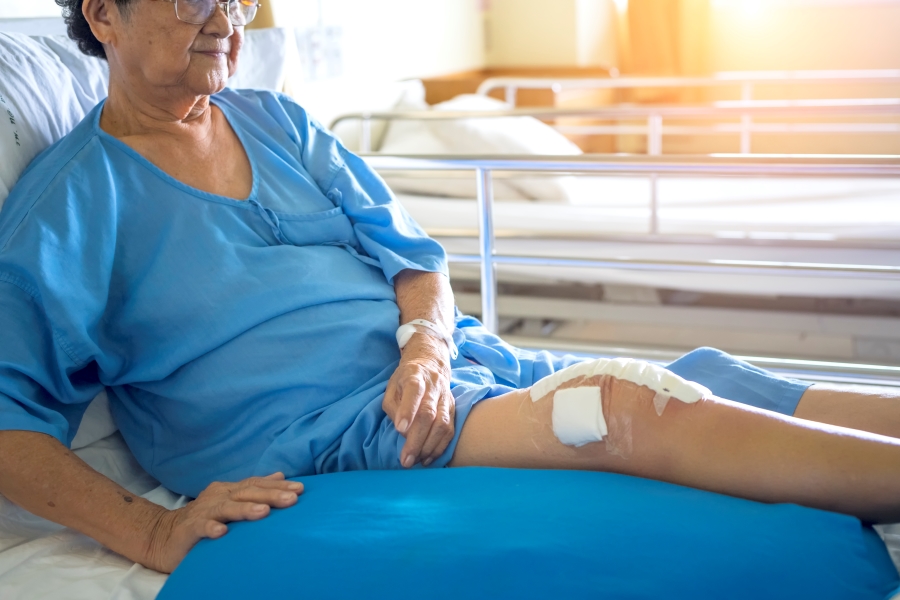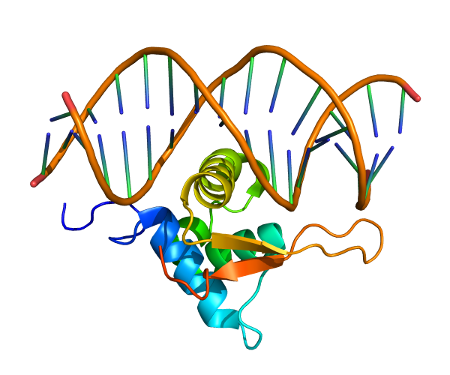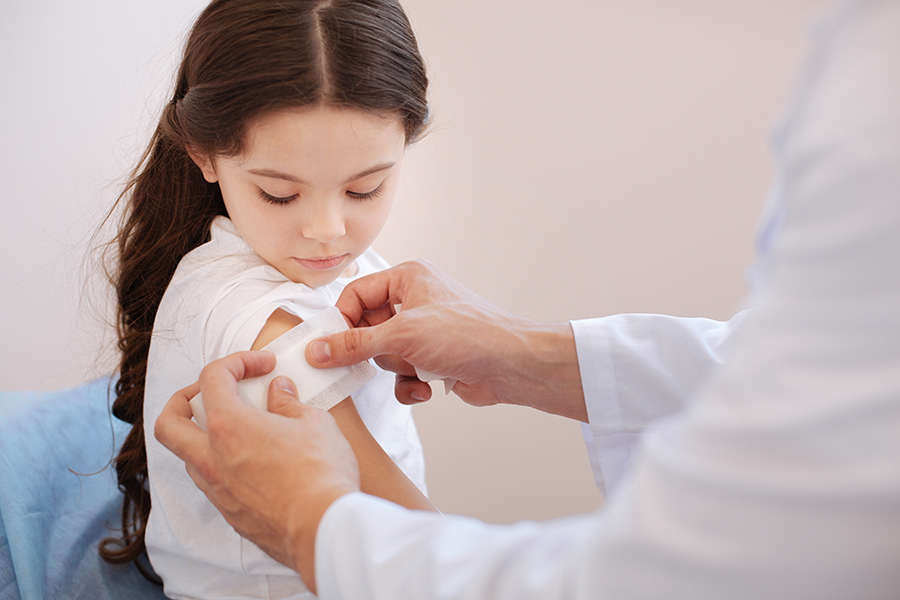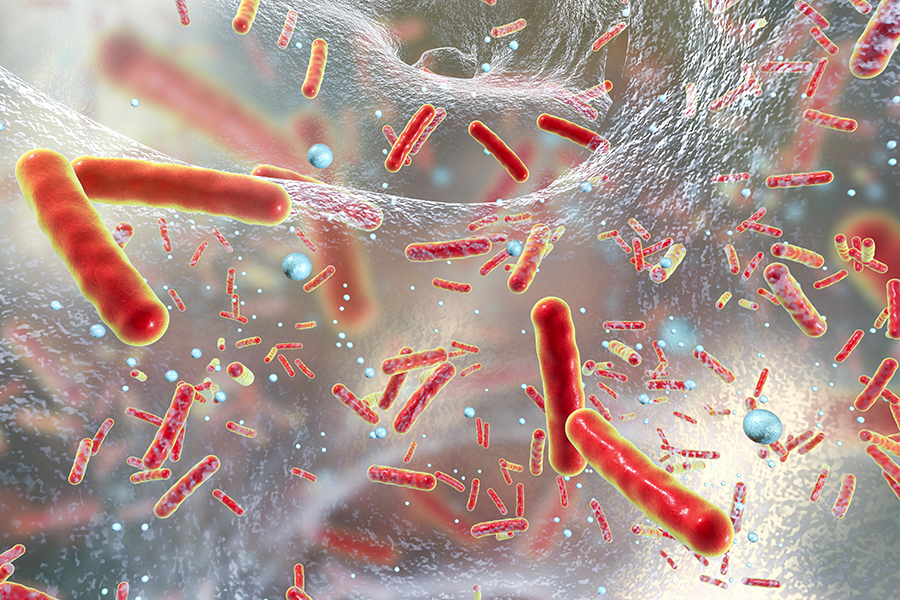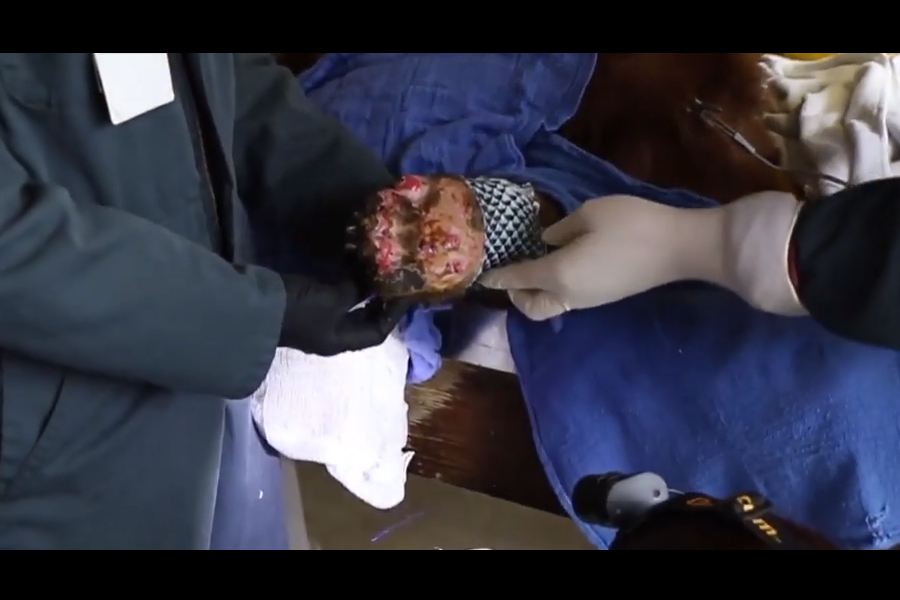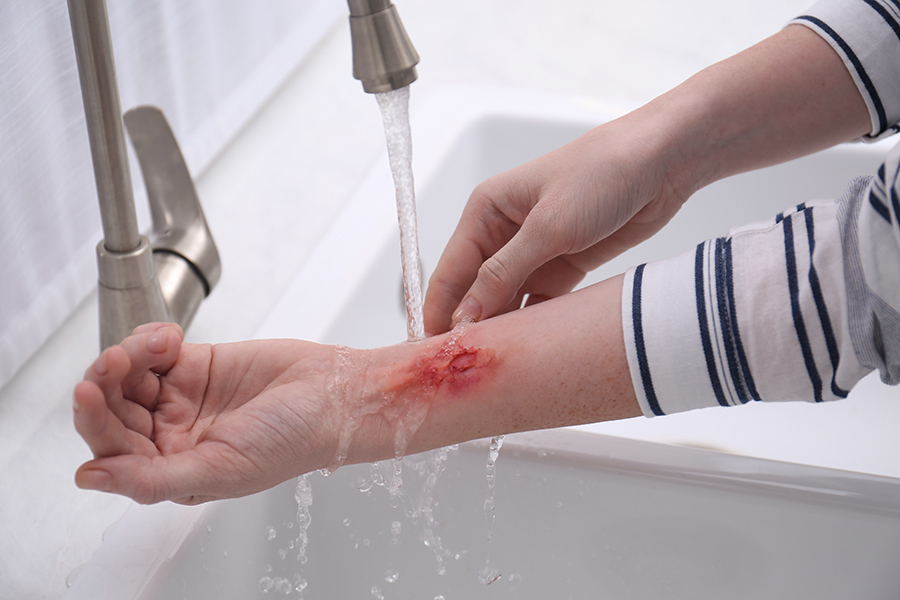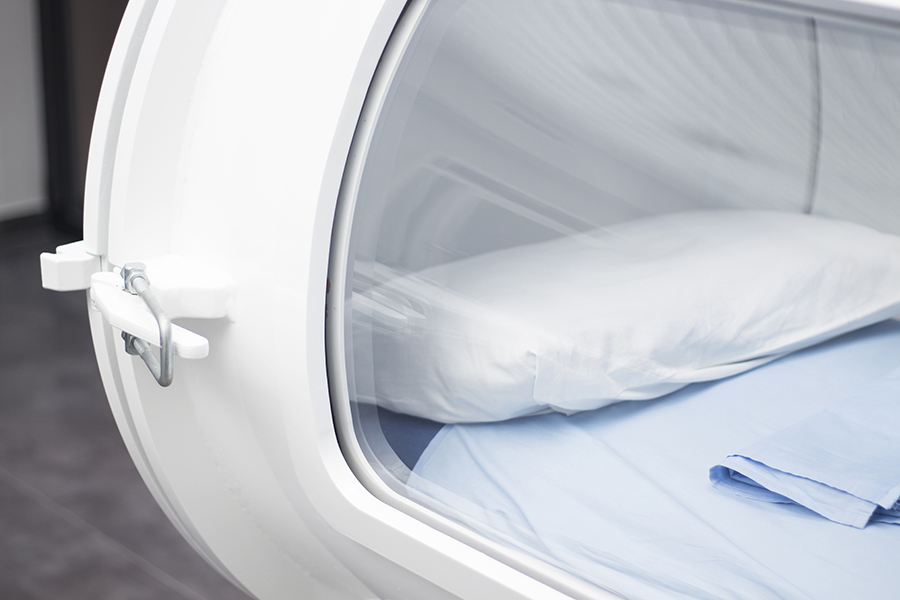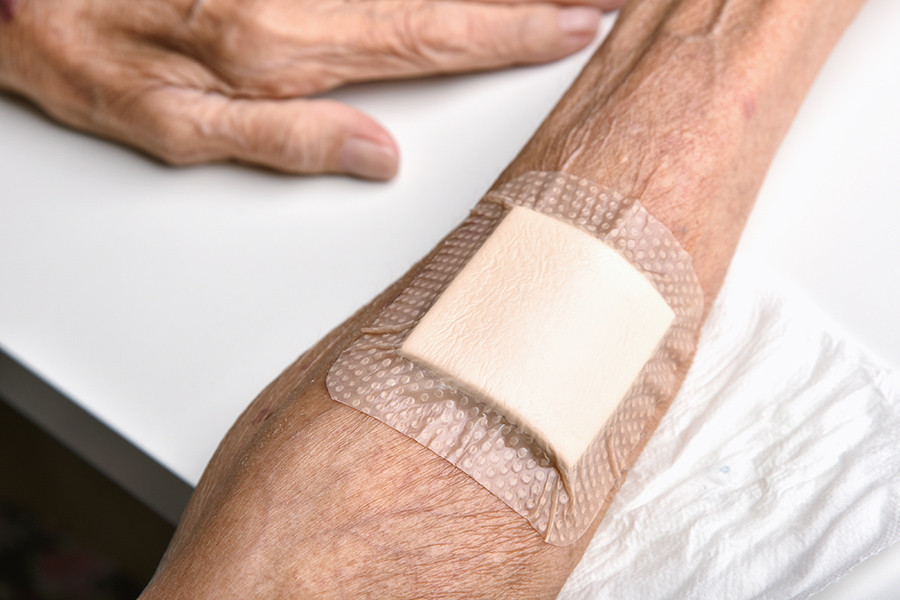Updated December 14, 2021
Understanding the Importance of Nutrition for Wound Care
Many factors affect the wound healing process, but one of the most important – and commonly overlooked – aspects is nutrition. In order to speed up the wound healing process, fueling your body is equally as important as adhering to your wound care treatment plan. Proper nutrition boosts the immune system, promotes collagen synthesis (the main structural protein in skin tissue), and decreases healing time.
4 Main Phases of Wound Healing
In order to better understand how to fuel and support your body, it is crucial to understand the healing phases of a wound. The phases of wound healing can be broken down into three phases:
- First in the hemostasis phase, beginning at time of injury, the body activates its emergency repair system, the blood clotting system, and forms a dam to block the drainage.
- The second phase, the defensive/inflammatory phase, can last up to 6 days. This phase focuses on destroying bacteria and removing debris—essentially preparing the wound bed for the growth of new tissue. During this phase, you may also notice an increase in exudate (secretions or drainage from the wound), which helps to remove bacteria.
- The proliferative phase begins roughly 3-5 days after injury and can last from 4 to 24 days. This phase is when blood and new cells meet at the site of injury to assist in forming a protective barrier.
- The final phase is the maturation (remodeling) phase, which begins around 2 weeks post injury and can last up to 2 years. This phase is marked by collagen maturation, closure and scar formation.
Learn more: How Wounds Heal: The 4 Main Phases of Wound Healing
Caloric Demands for Wound Healing
Throughout the healing process, the body is working tirelessly to help heal the affected tissues, which is why it is extremely important to eat right to help your body. Poor intake, inadequate intake, overconsumption, and deficits of specific nutrients can delay and inhibit the wound from healing successfully. The general daily caloric demands for the population are 20-25 calories per kilogram and with a wound, the demands can increase to 30-35 calories per kilogram, with upwards of 40 calories per kilogram.
Calorie calculation:
Ex: 140 lb/ 2.2 = 64 kg
64 x 30 kcal = 1920 kcal
64 x 35 kcal = 2240 kcal
A person weighing 140 lb. will need roughly 1,900 to 2,240 calories per day.
Calorie needs are determined by, but are not limited to, the severity of the wound, size, number of wounds and the stage of the healing process. In addition to the increase in calorie needs, the composition of calories (carbohydrates, protein and fat), and hydration is paramount. Let’s look at the importance of carbohydrates, protein, fats, and fluids.
Carbohydrates
Carbohydrates are necessary to stimulate the production of insulin, an important hormone that helps regulate sugar levels in your blood, which contains zinc and growth factor to help repair damaged skin. However, too much sugar in your diet can lead to high levels of sugar in the blood resulting in hyperglycemia. Hyperglycemia increases your rate for potential infections and delays the wound healing process.
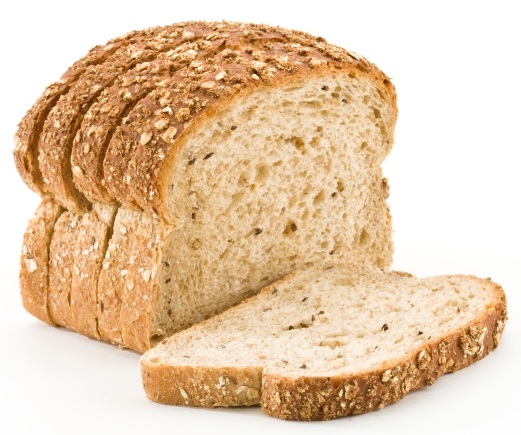
Instead of reaching for candies, baked goods and items high in sugar, reach for foods that are higher in fiber and contain more nutrients, also known as complex carbohydrates.
Simple Carbohydrates:
• Baked goods (muffins, cookies, desserts, breads)
• Fruit juice, soda
• Sugary breakfast cereal
Complex Carbohydrates:
• Beans, legumes, peas
• Fruits
• Nuts
• Whole grains (whole wheat bread, quinoa, brown rice)
Factors such as history of diabetes, steroid and antibiotic use, and stress can make hyperglycemic episodes challenging. However, sticking to more complex carbohydrates will assist your body in wound healing, give you sustainable energy, and keep you healthier longer.
Protein
Protein is essential for collagen synthesis and tissue repair at the structural level, but also assists with your immune function. Those that continually have low protein intake have more fragile skin, are more susceptible to illness and have a longer recovery time. Generally, the appropriate intake of protein is 0.8 to 1 gram per kilogram of body weight per day. The amount of protein is determined, but is not limited to, your activity level, stress level, wound severity and size, number of wounds and medical history. Below is an example of how to calculate the amount of protein you need.
Protein calculation:
Ex: 140 lb / 2.2 = 64 kg
64 x 0.8 gm = 51 gm
64 x 1 gm = 64 gm
For a person weighing 140 pounds, it is estimated that they will need 51-64 grams of protein per day.
Good Sources of Protein:
• 1 large egg or 1 ounce of almonds = 6 grams of protein
• 1 cup of oats = 11 grams of protein
• 6 ounces of Greek yogurt = 18 grams of protein
• 3 ounces of chicken breast = 27 grams of protein
Fats
Fats are often given a bad reputation, but they necessary for energy and the absorption of vitamins and fatty acids. Fats supply a lot of energy, which is needed during the wound healing process, as mentioned previously, wounds increase the number of calories that are needed per day. Fats that are high in saturated fat can keep the body in a state of inflammation, so it is important to select foods that are unsaturated.
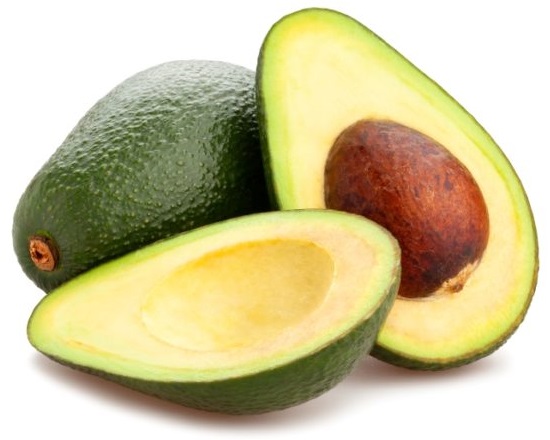 Sources of Saturated Fat:
Sources of Saturated Fat:
• Cheese, whole milk, cream, butter
• Baked goods
• Processed meat (sausages, burgers, bacon, etc.)
• Coconut oil
Sources of Unsaturated Fat:
• Avocado/avocado oil
• Peanut butter/peanut oil
• Olives/olive oil
• Nuts, seeds
• Fish
Fluids
Last, but certainly not least, is the importance of staying hydrated. Keeping your body properly hydrated helps with skin elasticity and oxygen and blood delivery. It also helps dilute the sugar in the blood, assists with waste removal and delivery of micronutrients to the site of injury. If you are experiencing feverish symptoms, vomiting, diarrhea, or heavy wound drainage, it is even more important to making sure you are getting enough fluids. A common calculation used to figure out the amount of fluid needed per day is 1 milliliter per calorie. Once you’ve estimated the number of calories you need per day, the amount of fluid in milliliters is the same.
Remember that water is the preferred source of fluids. Consuming alcohol suppresses the immune system, impairs nutrient absorption and can put a lot of stress on the body.
Sticking to your treatment plan, eating the right foods, and staying hydrated will help the wound care process and give you the energy your body needs. If you are looking for more wound healing tips or would like more information on nutrition, contact your local registered dietitian.
DISCLAIMER: This information is designed for customer use only and does not represent the advice of a medical health professional. Please contact your doctor for explicit advice on your prescription and/or feeding program.
Citations:
1. Greenway, S. E., Filler, L. E., & Greenway, F. L. (1999, November). Topical insulin in wound healing: a randomised, double-blind, placebo-controlled trial. Retrieved from https://www.ncbi.nlm.nih.gov/pubmed/10827659
2. Quain, A. M., Khardori, N. M., Quain, A. M., & Khardori, N. M. (2015, December 1). Nutrition in Wound Care Management: A Comprehensive Overview. Retrieved from https://www.woundsresearch.com/article/nutrition-wound-care-management-comprehensive-overview
 Instead of reaching for candies, baked goods and items high in sugar, reach for foods that are higher in fiber and contain more nutrients, also known as complex carbohydrates.
Simple Carbohydrates:
• Baked goods (muffins, cookies, desserts, breads)
• Fruit juice, soda
• Sugary breakfast cereal
Complex Carbohydrates:
• Beans, legumes, peas
• Fruits
• Nuts
• Whole grains (whole wheat bread, quinoa, brown rice)
Factors such as history of diabetes, steroid and antibiotic use, and stress can make hyperglycemic episodes challenging. However, sticking to more complex carbohydrates will assist your body in wound healing, give you sustainable energy, and keep you healthier longer.
Instead of reaching for candies, baked goods and items high in sugar, reach for foods that are higher in fiber and contain more nutrients, also known as complex carbohydrates.
Simple Carbohydrates:
• Baked goods (muffins, cookies, desserts, breads)
• Fruit juice, soda
• Sugary breakfast cereal
Complex Carbohydrates:
• Beans, legumes, peas
• Fruits
• Nuts
• Whole grains (whole wheat bread, quinoa, brown rice)
Factors such as history of diabetes, steroid and antibiotic use, and stress can make hyperglycemic episodes challenging. However, sticking to more complex carbohydrates will assist your body in wound healing, give you sustainable energy, and keep you healthier longer.
 Sources of Saturated Fat:
• Cheese, whole milk, cream, butter
• Baked goods
• Processed meat (sausages, burgers, bacon, etc.)
• Coconut oil
Sources of Unsaturated Fat:
• Avocado/avocado oil
• Peanut butter/peanut oil
• Olives/olive oil
• Nuts, seeds
• Fish
Sources of Saturated Fat:
• Cheese, whole milk, cream, butter
• Baked goods
• Processed meat (sausages, burgers, bacon, etc.)
• Coconut oil
Sources of Unsaturated Fat:
• Avocado/avocado oil
• Peanut butter/peanut oil
• Olives/olive oil
• Nuts, seeds
• Fish





